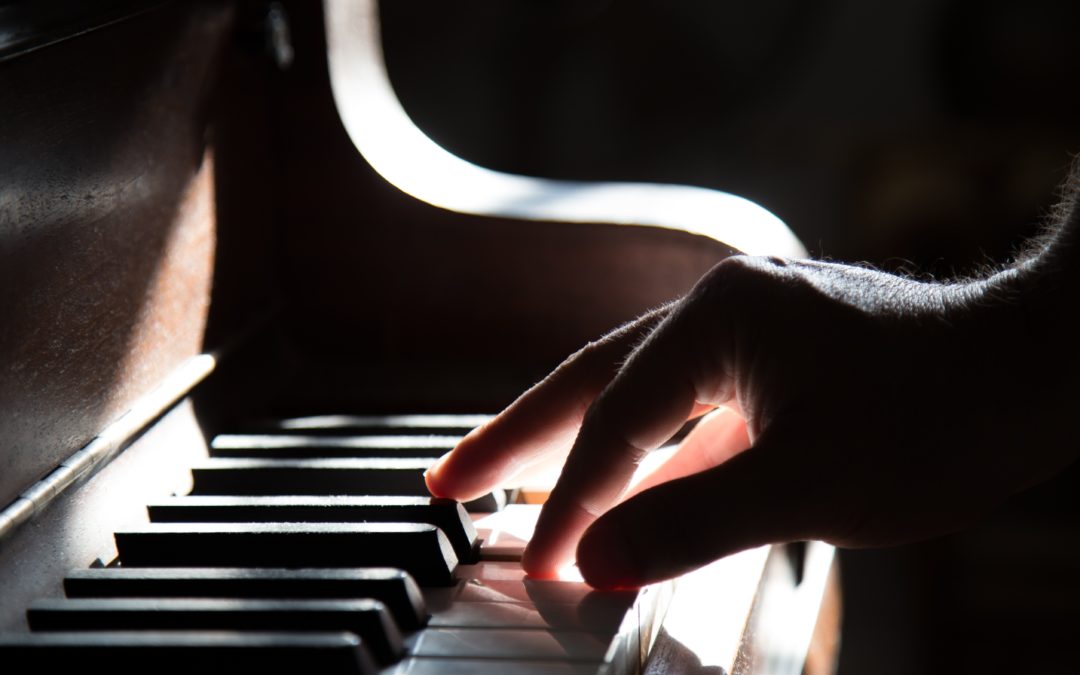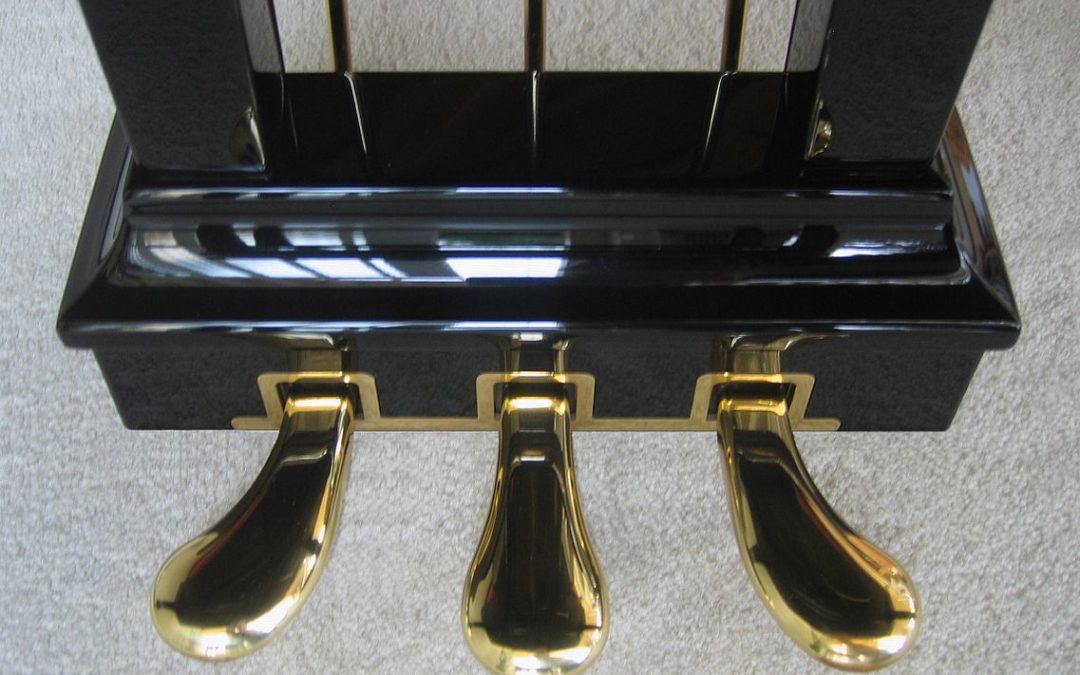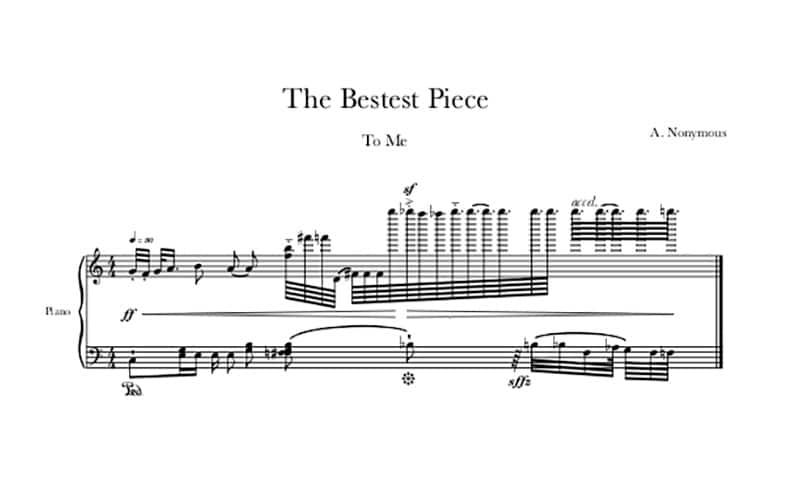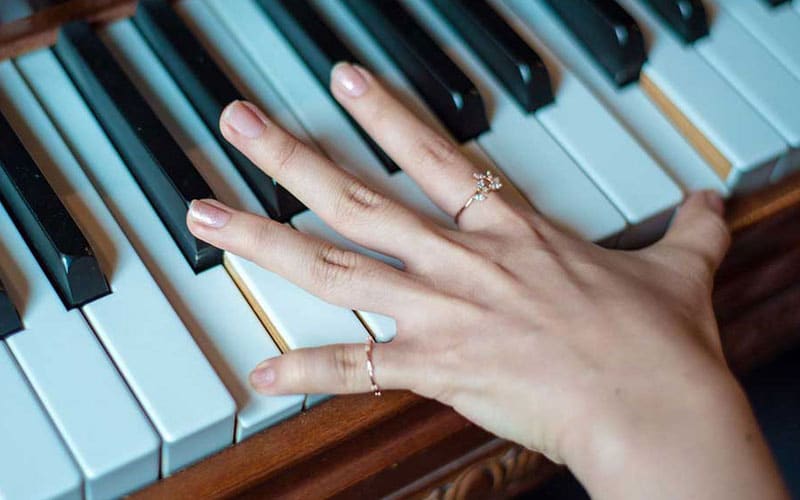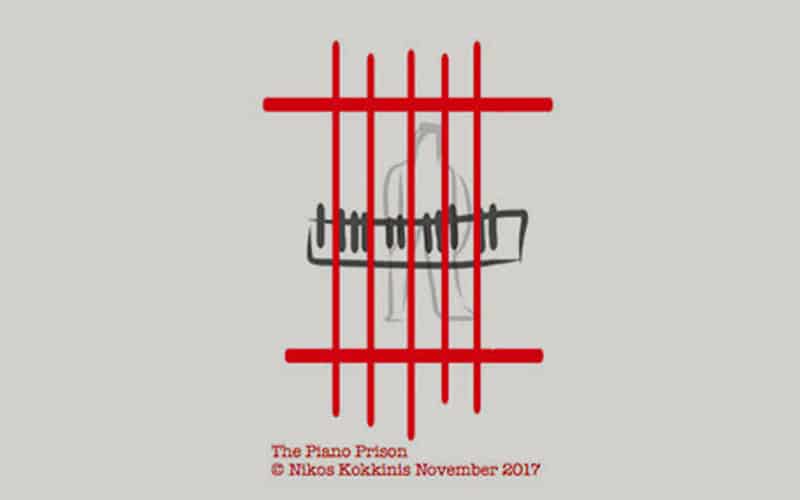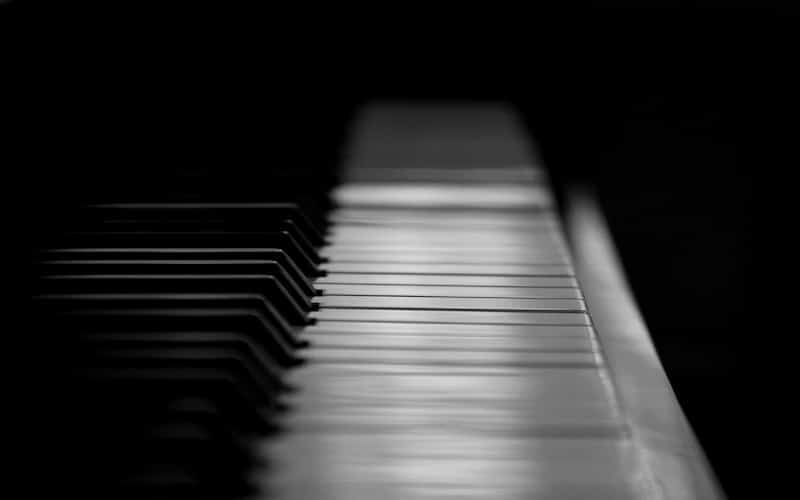
Notes From The Lost Diary Of A Piano Teacher
Disclaimer: if you are a sensitive individual, if sometimes you take what you read personally, if you occasionally are ever so slightly uptight about what you read, then please DO NOT read this article. This article contains exaggerated opinions and harsh, disrespectful and informal expressions to facilitate an enjoyable read. Everything below should be approached with a humorous aura. No advice below is to be followed. The following article is meant to be a humorous text only. Read at your own discretion.
How I acquired the diary
It was the 15th of September 1964. Early morning. I had just reached the summit, and the views where spellbinding. I could have lived there forever. But I knew that time was my enemy here, and I had to mentally drag myself to get ready for my descent as quickly as possible. I had to survive to tell my story. I couldn’t afford to enjoy a minute longer on this dream journey of mine.
I hopped on my paraglider and begun my return, albeit reluctantly. The only thing that kept me going was the spectacular views flying down the white oasis. It wasn’t the same as savouring the sight from the world’s top peak, of course, but at least it was something; a reduced delight by the second. At about one-and-a-half minutes into the descent, I picked up on a shinning object, flat as a pancake, 20 degrees on the right, from where I was. It was sitting upon a massive chunk of white land, and I could see the footsteps of what was probably an earlier group’s descending path.
The urge to grab the object was monumental. I don’t know why I did it. I don’t know why I went down and landed, trying to retrieve a seemingly meaningless artefact that attracted me like no other thing in this significant moment of my life. It didn’t make any sense. Was it going to take over my legendary journey up here, this impulsive thing I had just done? I didn’t know at the time. I just landed, grabbed the object, and flew down again towards the base camp.
Two nights later, after tenths of hugs, hundreds of smiles, phone calls to family and friends and a few unexpected tears, I was at my hotel in Lhasa trying to get a grip of what had just happened. I had just conquered the world. However, in the corner of the room, on top of a wooden chair, the 6” x 4” little golden box that I had found, was starring at me. I had to open it and, once and for all, try to make sense why I almost jeopardised the whole thing for a vanity item.
I slowly opened the box, and inside, folded in four, was an A5 beige page with some writings on it. The writings, however, wasn’t for me to apprehend, so a few weeks later, when I got back to my home in Port Talbot, I phoned the amazing editor of the legendary PianoPractising.com (I thought it was called like that anyway) website, to inquire.
“Hello. Is this Nikos?”
“Who’s this??”
“It’s Howard Glockendoors, and I have in my possession something that might be of interest to you!”
“Really? Could it be a million pounds?”
“Um, no but…”
“So, what is it then? Could it be a lost episode from Blackadder’s fifth season?”
“Sir, I’m sorry to interrupt but this object that I have in my hands, has perhaps some sort of academic value to you, if I may say.”
“Urgh, I knew it. It’s again about the horrid piano, isn’t it? You just can’t give up you people! I know that I am an expert on the piano and the definitive authority on how to perform with one-centimetre fingernails, but that’s ridiculous.”
“So sorry sir if I made you feel…”
“Alright. What is this thing you’re talking about then?”
“Well, it seems to be some sort of handwritten rules, that a piano teacher had scribbled on a piece of paper! And then folded them carefully and placed them inside a golden box!”
“Golden box you just said? You must bring it to me at once! Um… I mean together with the paper in it of course, because I need to make an authoritative… um… academic evaluation… um… of the whole thing.”
❦
And this is how I acquired the rules that you are about to read. Well, I had to pay a hefty amount of money to Mr. Glockendoors for the box, but I made all of it back and then some, by pawning that golden box in Camden Town’s John’s Pawning Shop.
Traits Of The Piano Teacher
- You’re not teaching the piano to make the student LIKE it, but to make them PLAY it. It’s like you go to a movie director and ask them to make you like direction; that doesn’t make any sense, don’t you think? You normally ask a director to teach you direction because you like the passing of a story on screen, in the first place. In our case, students will keep liking the piano because you teach well and they see results.
- You’re not a psychologist or other self-appointed therapist. You’re not getting paid to treat and cure the psychosomatic issues of your pupils. You’re there to… um, let me remember… oh yes! TO TEACH THE PIANO!!! If in any amount or degree, the only way a student could be “treated” and “healed” is through your piano teaching. Your piano teaching in itself can teach valuable life lessons to your students through music; a student will hopefully be able to perform wonderful music and through their creating of this music they could potentially improve upon their personalities in a “subconscious” way.
- Do not ask personal questions. Ever. Personal questions and other similar “conversations” (so later on you can pick your student to pieces with your colleagues in a restaurant) are NOT allowed. Questions allowed are: “How are you?” “How was your concert?” “How was your practising this week?” “How did you improve this trill?” and similar.
- Swiftly accept that you might not know something asked. Delaying your response or forging a poor answer only increases your educational shortcomings by the second.
- Explain to each and everyone of your students that they’re all equal to you. You must explain this to them both in WORDS, but also by your ACTIONS. Don’t play favourites and give equal opportunities to each and everyone of your pupils. Keep saying this phrase to your students every now and then: “You are all equal to me.” (Your students should be able to hear this sentence for at least ten times in an academic year). Do not fall into the trap of thinking that an individual student might deserve better treatment or chances. All students deserve the same chances if they are willing to put in the practising hours. Accept from the start that not all of your students are going to credit your commitment to them in the future; especially the ones that you helped the most.
- Always check that you finished and started your lesson on time. Never finish earlier, even a second earlier. Even if “you’ve covered everything” and even if there’s volcanic lava coming towards you. If anything, finish later. Fashionable teachers may say something in the lines of, “But I just needed to finish what I’ve started, and didn’t want to leave my explanation incomplete and make the student wait until next time.” Nonsense – bad time management is called and not commitment, so do not try to excuse your incapacity to be a punctual teacher. A lesson will never be enough to cover everything, anyway. Laconic teaching is paramount. And students are more comfortable when they know that you are not holding them up from going to play with their mobiles in the café after the lesson.
- Only teach students things that they can take in until their next lesson. Do not overwhelm them with details they won’t be able to improve by the time their next lesson has started.
- Do not offer charitable lessons. For reason No 5 above of course, but also because you must show compassion for the teachers that are badly off, and they cannot afford to be as “bighearted” as you. Okay? You must charge at all costs.
- Charge your lessons at very high rates. Firstly, because this way you educate the masses (the masses could include yourself sometimes, you know) that you’re doing something important. Secondly, because you teach yourself that piano is not your trivial endeavour. Then, because people will think, often gullibly, that you’re a good teacher since you’re charging top dollar, and lastly, because there are some teachers that are not as competent as you and they must also make a living by having to charge lower rates; let them survive as well.
- Do not lure students into becoming musicians. When a student asks a piano teacher what they should do in their lives, that immediately means that they’re not sure if they want to become musicians. That’s not good news. Otherwise, they wouldn’t ask. Only the students themselves can tell you that they must become musicians, and then, if they express this explicitly, you owe to help them.
Copyright © 2018 by Nikos Kokkinis
❦
Many thanks to Solmaz Hatamian at unsplash.com, for the use of the image for this article. Visit the link below for more great images.

